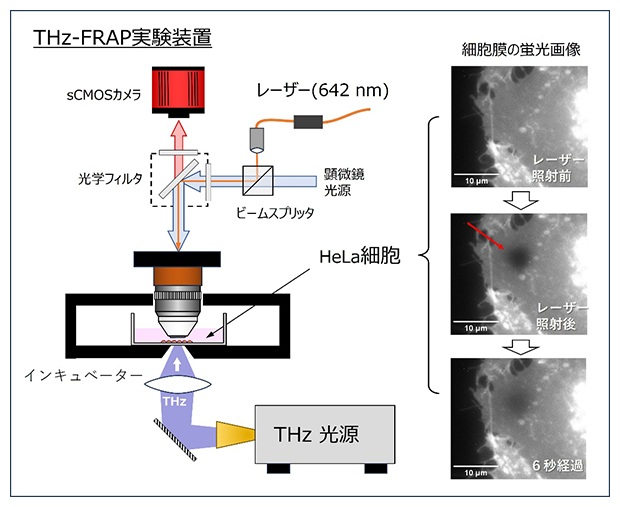2025-05-13 新潟大学
<関連情報>
- https://www.niigata-u.ac.jp/news/2025/844306/
- https://www.niigata-u.ac.jp/wp-content/uploads/2025/05/20250513rs.pdf
- https://link.springer.com/article/10.1007/s44378-025-00053-4
日本の森林および牧草地の土壌を風乾した水抽出有機物に基づく微生物バイオマスの推定 Estimation of microbial biomass based on water-extractable organic matter from air-dried soils from Japanese forests and pasture
Hirohiko Nagano,Yuki Kanda,Yuri Suzuki,Syuntaro Hiradate,Jun Koarashi,Mariko Atarashi-Andoh & Zhibin Guo
Discover Soil Published:23 April 2025
DOI:https://doi.org/10.1007/s44378-025-00053-4
Abstract
Water-extractable organic matter (WEOM) obtained from air-dried soil samples can be used to estimate microbial biomass instead of chloroform fumigation extraction (CFE) using fresh, moist soils and toxic solvents. However, the accuracy of such WEOM-based estimates has not been evaluated. We evaluated relationships between WEOM measurements obtained from air-dried soils and microbial biomass measurements obtained through CFE based on 50 soil samples from 10 soil profiles in Japanese forests and pasture. The amount of water-extractable organic carbon (C) obtained from air-dried soils corresponded to 31% of microbial biomass C, demonstrating a strong correlation (squared correlation coefficients (R2) = 0.94, statistical probability (P) < 0.01), whereas the amount of water-extractable total nitrogen (N) (WETN) and microbial biomass N was weakly correlated (R2 = 0.56, P < 0.01). Moreover, the relationships with soil physiochemical properties were similar between WEOC and microbial biomass C (R2 = 1.00, root mean square error (RMSE) = 0.04), whereas those were less similar between WETN and microbial biomass N (R2 = 0.73, RMSE = 0.28). The decoupling of WETN for air-dried soils and microbial biomass N was attributed to differences in the amounts of inorganic N compounds (NO3– and NH4+) in K2SO4 extracts from chloroform-fumigated and unfumigated soils compared to those in water extracts from air-dried soils. These results support our hypothesis that WEOM originates from and is a valid estimate of microbial biomass, particularly for C, offering a solution to the practical difficulties involved in measuring microbial biomass using the CFE. Nevertheless, a caution should be noted that this novel method is still empirical estimation without less mechanistic or process driven explanation. Thus, there is a need to validate this new estimation in other sets of soil samples.


